
Stainless Steel Door vs. Alternatives in Cleanrooms
- By:Lisa
- 2025-11-06
- 29
Why the Cleanroom Door Matters More Than You Think
In pharmaceutical manufacturing, biotechnology, semiconductor fabrication, and high-acuity healthcare settings, the cleanroom is more than just a controlled space—it’s a critical safeguard for product integrity, regulatory compliance, and human safety. And among all its components, the door—often overlooked—is arguably the most dynamic and vulnerable interface.
Unlike static walls or ceilings, cleanroom doors are high-traffic, frequently opened, and mechanically complex. They must simultaneously deliver airtight sealing, corrosion resistance, ultra-smooth surfaces, and ease of decontamination. Fail in any of these, and the entire cleanroom’s performance is compromised.
According to ISO 14644-5 and the revised EU GMP Annex 1 (2022), door materials must not only resist degradation from aggressive cleaning agents like vaporized hydrogen peroxide (VHP) or sodium hypochlorite, but also prevent microbial harborage and particulate shedding. This is where material selection becomes mission-critical.
This article provides a data-backed comparison of stainless steel doors against alternatives—aluminum, high-pressure laminate (HPL), polypropylene (PP), and fiberglass-reinforced plastic (FRP)—to help engineers, facility managers, and procurement specialists make evidence-based decisions.
Importantly, a cleanroom door never operates in isolation. Its performance is deeply intertwined with surrounding systems like air diffusers, HVAC diffusers, and ceiling vents. A truly optimized cleanroom integrates all these elements into a cohesive contamination-control strategy.
Common Cleanroom Door Materials: A Technical Overview

1. Stainless Steel Doors: The Gold Standard
Stainless steel—particularly Grade 316L—is the material of choice for high-risk environments. Its addition of 2–3% molybdenum dramatically improves resistance to pitting and crevice corrosion in chloride-rich environments (e.g., disinfectants, coastal humidity). When finished with electropolishing, surface roughness (Ra) can reach 0.4–0.6 μm, well below the GMP-recommended threshold of 0.8 μm.
These doors are standard in:
- Pharmaceutical cleanroom doors for aseptic processing
- Hospital sterile room doors in operating theaters
- Laboratory cleanroom doors handling cytotoxic or sterile compounds
2. Aluminum Doors: Lightweight but Less Durable
Common in hospital automatic sliding doors or temporary clean zones, aluminum offers weight savings (density ~2.7 g/cm³ vs. steel’s 8.0). However, its corrosion resistance relies entirely on surface coatings (anodized or powder-coated). Once scratched, galvanic corrosion accelerates—especially when in contact with stainless steel hardware.
3. HPL and Composite Panels: Budget-Friendly, Higher Risk
High-pressure laminate (HPL) is often used for hospital cleanroom doors in ISO Class 7–8 areas. While cost-effective and available in various finishes, HPL is a layered composite. Moisture ingress at edges or seams can cause delamination, swelling, and microbial growth—making it unsuitable for Grade A/B environments.
4. PP and FRP: Niche but Necessary
- Polypropylene (PP) excels in laboratory airtight interlock doors exposed to strong acids or bases, thanks to its chemical inertness (stable across pH 1–13).
- Fiberglass-reinforced plastic (FRP) is favored for medical cleanroom doors in electronics-sensitive areas due to its electrical insulation and static-dissipative variants.
Key Evaluation Metrics: What the Data Shows
We assessed materials across seven critical performance indicators:
| METRIC | STANDARD | TARGET FOR HIGH-RISK ZONES |
|---|---|---|
| Surface Roughness (Ra) | ISO 4287 | ≤0.6 μm |
| Corrosion Resistance | ASTM B117 (salt spray) | >1,000 hrs (316L) |
| Antimicrobial Efficacy | ISO 22196 | R ≥ 2.0 |
| Thermal Expansion (CTE) | — | As low as possible |
| Cleanability (Post-Clean RLU) | ATP bioluminescence | <50 RLU |
| Lifecycle Cost (LCC) | — | Minimize TCO |
| Regulatory Compliance | ISO 14644, GMP Annex 1, FDA | Mandatory |
Door dimensions also matter. The standard door height in most facilities is 2,100 mm, while swing doors must allow sufficient clear width for personnel and equipment flow without compromising air balance.
Performance Comparison: Hard Numbers from Real Testing
Data sourced from SGS, TÜV, and industry white papers:
| PROPERTY | 316L STAINLESS | HPL | PP | FRP | ALUMINUM |
|---|---|---|---|---|---|
| Ra (μm) | 0.4–0.6 | 0.5–0.9 | 0.7–1.0 | 0.6–1.1 | 0.8–1.2 |
| Salt Spray (hrs) | >1,500 | <100 | >1,000 | 300–600 | 200–400 |
| Post-Clean RLU | 20–30 | 30–50 | 35–55 | 45–70 | 40–60 |
| Typical Lifespan (years) | 20–25 | 5–10 | 10–15 | 10–12 | 8–12 |
Why Stainless Steel Dominates
Stainless steel cleanroom doors are virtually the only option for GMP Grade A/B zones. Their seamless, fully welded construction eliminates crevices. They withstand over 1,000 VHP cycles without degradation. And they integrate seamlessly with steel security doors or exterior steel doors in perimeter designs—ensuring structural and aesthetic continuity.
Industry-Specific Recommendations

Pharmaceuticals & Aseptic Manufacturing (GMP Grade A/B)
Per EU GMP Annex 1, GMP cleanroom doors must be:
- Electropolished 316L stainless steel
- Ra ≤ 0.6 μm
- Fully welded, with no exposed fasteners
- Compatible with VHP, ozone, and sporicidal agents
Thus, the pharmaceutical cleanroom door is almost universally a stainless steel door. Alternatives like HPL or FRP fail audit scrutiny in critical zones like fill-finish or isolator interfaces.
These doors often include features like interlocks, double-glazed windows, and access control—all integrated without compromising surface integrity.
Healthcare & Operating Rooms
Hospital sterile room doors and medical cleanroom doors prioritize infection control. While antimicrobial HPL is acceptable in some ISO Class 6–7 settings, the trend is toward stainless steel—especially for airtight cleanroom doors that maintain positive pressure during surgery.
Laboratories & High-Containment Zones
- Laboratory cleanroom doors: Standard for PCR, cell culture
- Laboratory airtight interlock doors: Required for BSL-2/3 labs
- Stainless steel laboratory doors: Best for corrosive or high-temperature applications
Lifecycle Cost (LCC): The Hidden Value of Stainless Steel
| MATERIAL | INITIAL COST | 15-YR MAINTENANCE | DOWNTIME RISK | TOTAL LCC |
|---|---|---|---|---|
| 316L Stainless | $3,800 | $1,600 | $700 | $6,100 |
| HPL | $1,400 | $2,400 | $2,700 | $6,500 |
| PP | $2,400 | $1,800 | $1,400 | $5,600 |
Note: Costs converted to USD equivalents for clarity.
While stainless steel doors carry a higher upfront price, their reliability minimizes costly cleanroom shutdowns. In regulated industries, where a single contamination event can cost millions, this durability is non-negotiable.
Common Pitfalls in Door Selection
Mistake #1: Assuming “Stainless Steel” Is Enough
Not all stainless is equal. 304 stainless steel may suffice for dry, non-critical areas, but 316L is essential where chlorides, humidity, or VHP are present.
Mistake #2: Ignoring System Integration
A swing door may be functional, but in high-traffic zones, an automatic cleanroom door reduces human error. Moreover, door placement must align with linear diffusers, ceiling diffusers, and HVAC registers to avoid airflow disruption.
Mistake #3: Underestimating Customization Needs
A custom cleanroom door for the pharmaceutical industry often includes:
- Interlock logic
- Pressure sensors
- Observation windows with double seals
- Integration with building automation systems
Off-the-shelf solutions rarely suffice.
Conclusion: Is Stainless Steel Always the Answer?
In short: Yes—for high-risk environments.
For pharmaceutical cleanroom doors, hospital sterile room doors, and laboratory cleanroom doors handling sterile or hazardous materials, the stainless steel door remains the only material that consistently meets performance, regulatory, and lifecycle demands.
In lower-classification areas (e.g., ISO 8 support rooms), HPL or PP may offer acceptable trade-offs—but only with rigorous risk assessment.
Ultimately, cleanroom doors should be selected not by cost alone, but as part of a holistic contamination control strategy—one that harmonizes with air diffusers, HVAC diffusers, ceiling vents, and linear slot diffusers to create a truly resilient environment.
When compliance, safety, and product quality are on the line, the stainless steel door isn’t just a choice—it’s the standard.
-
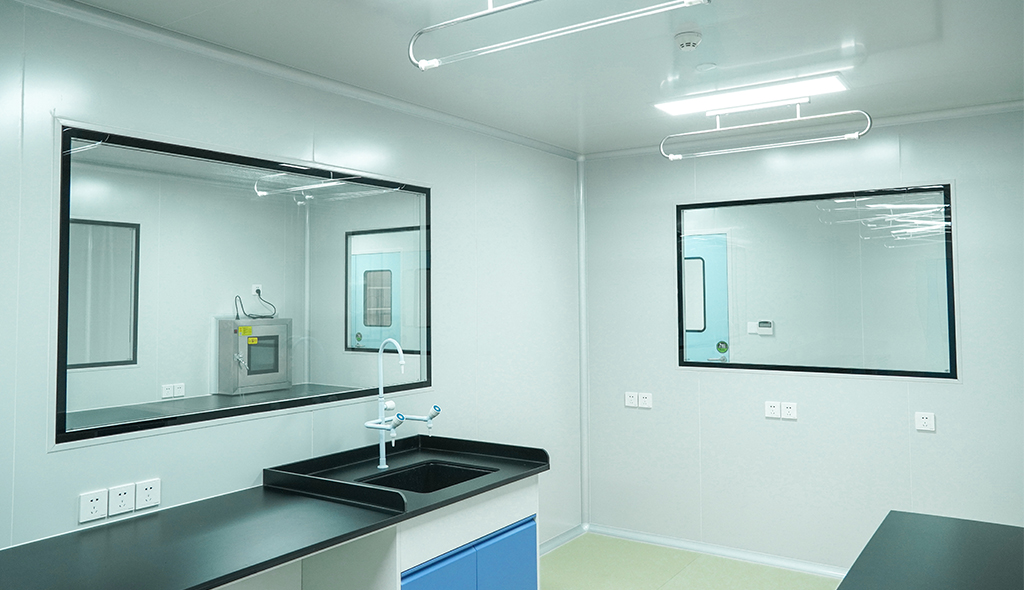 Cleanroom Glass Windows Are The Key to Maintaining a Clean Environment
Cleanroom Glass Windows Are The Key to Maintaining a Clean Environment -
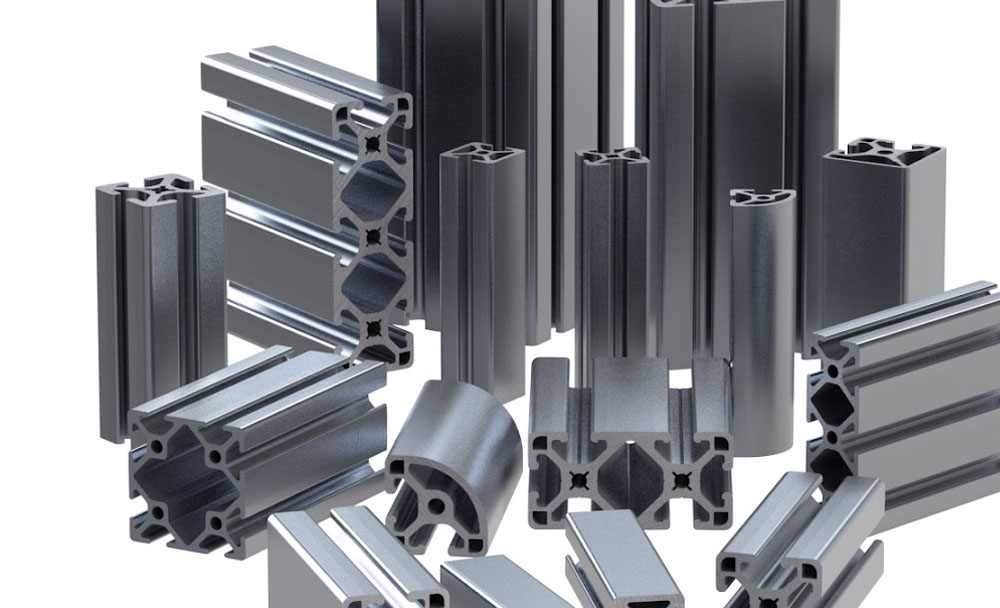 Top Aluminium Profile Manufacturers in China: Leading the Global Market
Top Aluminium Profile Manufacturers in China: Leading the Global Market -
 The Evolution of Air Tight Sliding Doors
The Evolution of Air Tight Sliding Doors -
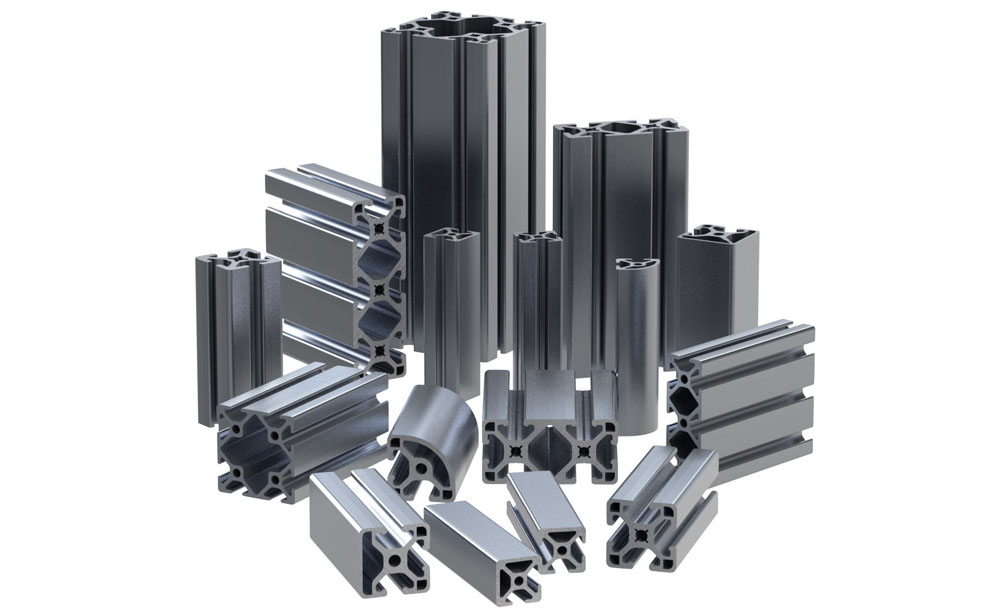 AHU Aluminium Profile: A Comprehensive Guide
AHU Aluminium Profile: A Comprehensive Guide -
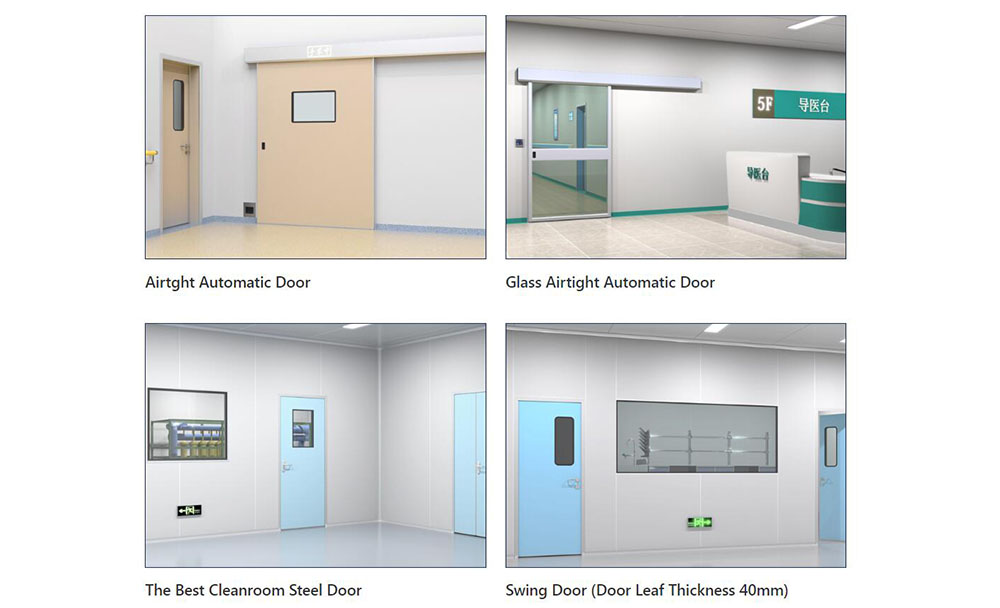 The Importance of Choosing the Right Cleanroom Door in Vietnam
The Importance of Choosing the Right Cleanroom Door in Vietnam -
 The Benefits of Hospital Automatic Doors: Enhancing Efficiency and Safety
The Benefits of Hospital Automatic Doors: Enhancing Efficiency and Safety -
.jpg) The Best Bathroom Door Manufacturers - Unlocking Endless Possibilities!
The Best Bathroom Door Manufacturers - Unlocking Endless Possibilities! -
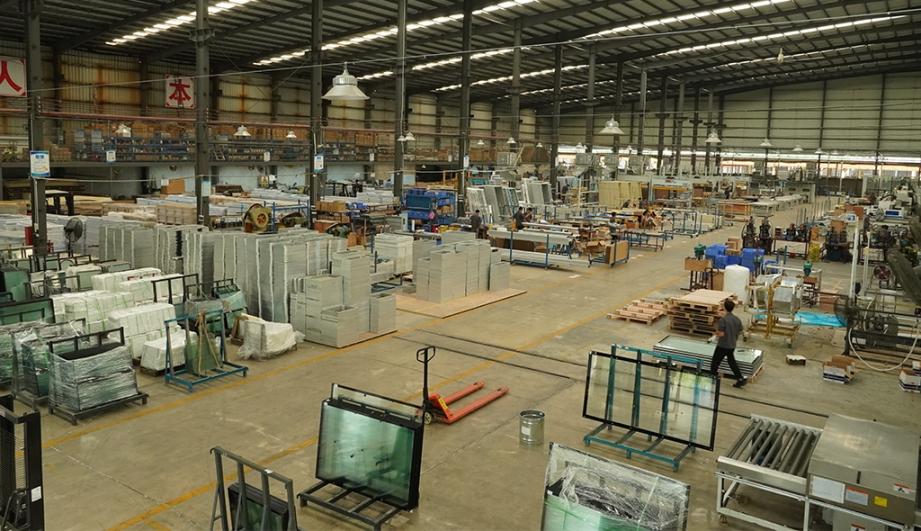 Unlock the Possibilities with AJ Manufacturing Doors
Unlock the Possibilities with AJ Manufacturing Doors -
 Make a Statement with Manufactured Home Interior Doors!
Make a Statement with Manufactured Home Interior Doors! -
 what is aluminum profile? Aluminum Profiles for Your Home is the best option
what is aluminum profile? Aluminum Profiles for Your Home is the best option
-
 How to Extend the Life of Your Exterior Steel Door
How to Extend the Life of Your Exterior Steel Door -
 What Are the Best Materials for AC Vent Covers
What Are the Best Materials for AC Vent Covers -
 Ceiling Vent Covers Labeled Fire-Rated? Here’s How to Verify
Ceiling Vent Covers Labeled Fire-Rated? Here’s How to Verify -
 Upgrading Lab Doors: When to Replace vs. When to Retrofit?
Upgrading Lab Doors: When to Replace vs. When to Retrofit? -
 Stainless Steel Door vs. Alternatives in Cleanrooms
Stainless Steel Door vs. Alternatives in Cleanrooms -
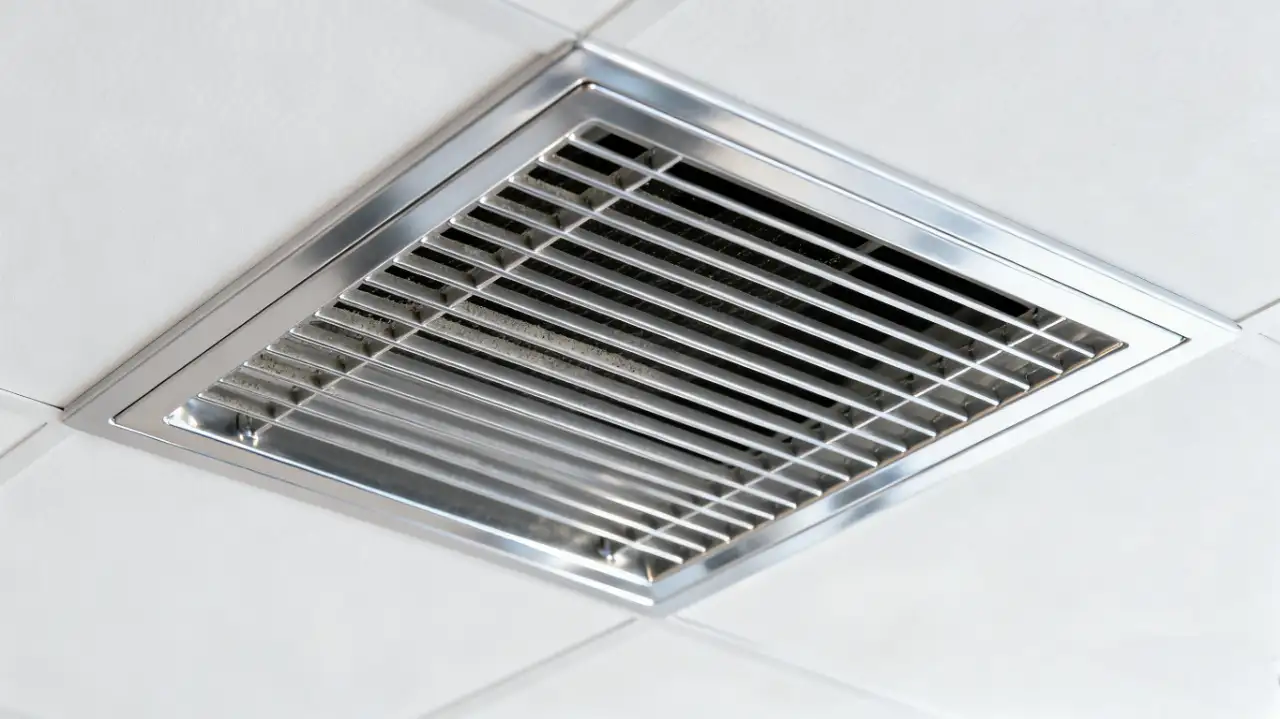 Ceiling Vent Care Tips to Boost HVAC Efficiency Year Round
Ceiling Vent Care Tips to Boost HVAC Efficiency Year Round -
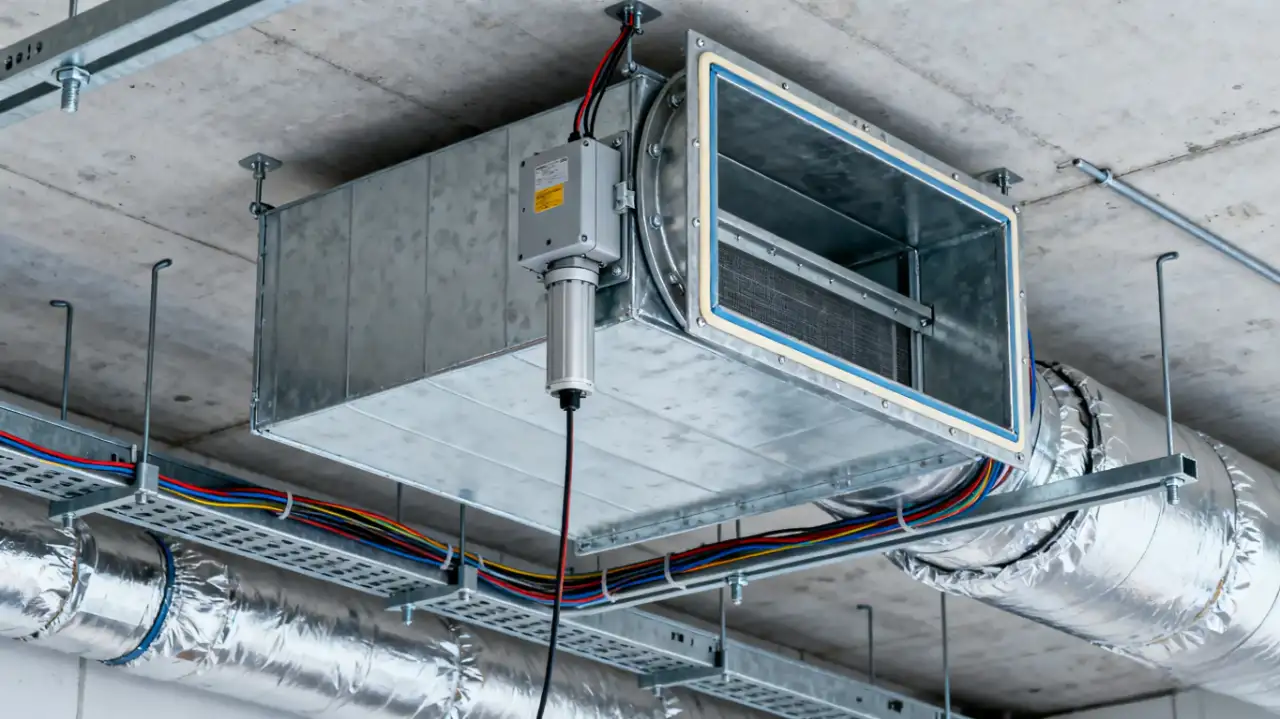 How Air Dampers Drive Efficiency in High Performance Buildings
How Air Dampers Drive Efficiency in High Performance Buildings -
 Why Semiconductor Manufacturing Can’t Function Without Cleanrooms
Why Semiconductor Manufacturing Can’t Function Without Cleanrooms -
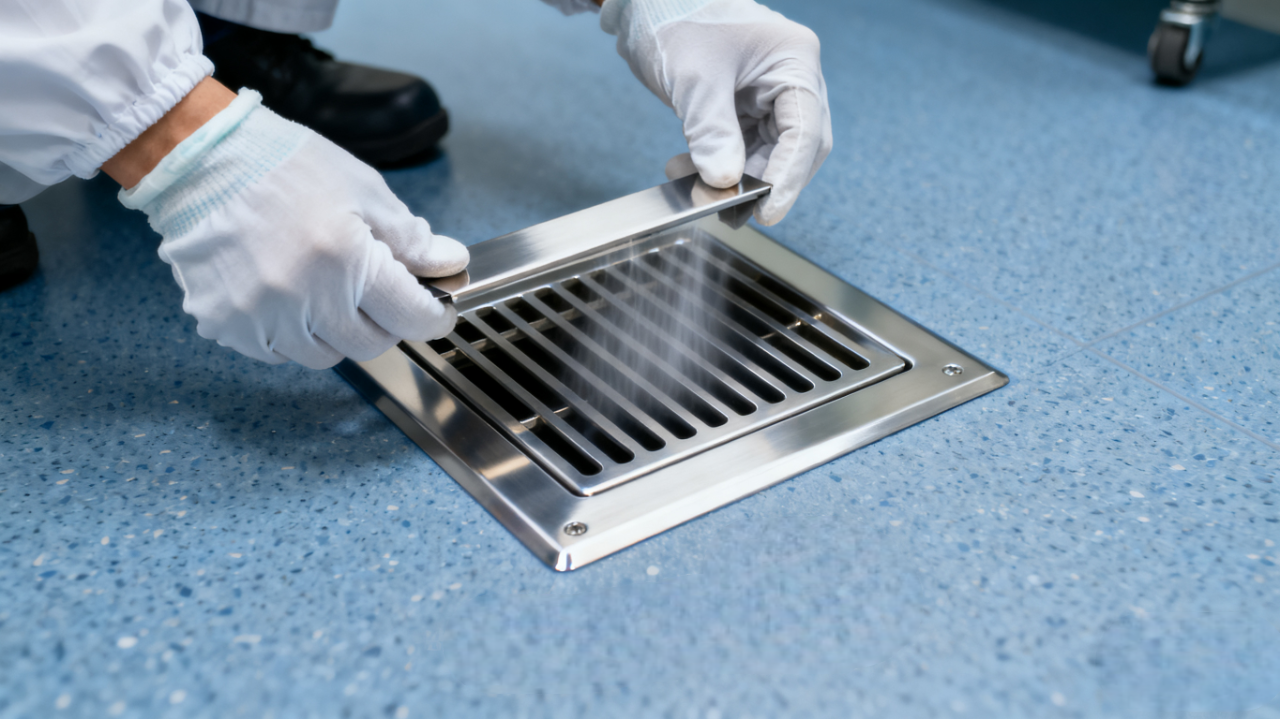 How to Select the Right Floor Vent for Cleanrooms
How to Select the Right Floor Vent for Cleanrooms -
 How to Clean and Maintain AC Registers for Peak HVAC Performance
How to Clean and Maintain AC Registers for Peak HVAC Performance

Guangzhou Yizhong Aluminum Industry Co., Ltd.
We are always providing our customers with reliable products and considerate services.
We are always providing our customers with reliable products and considerate services.


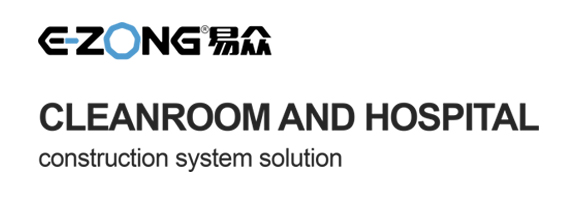
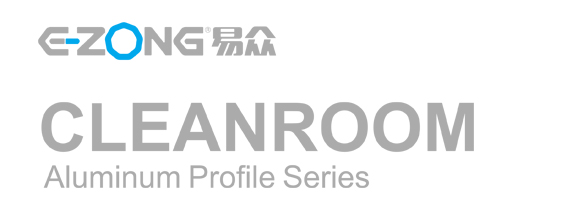
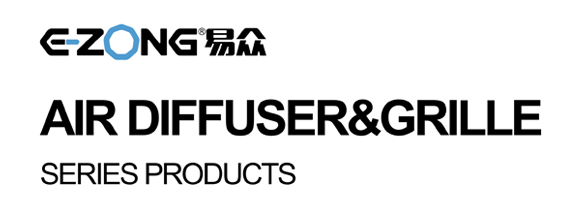





Speak Your Mind